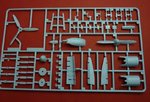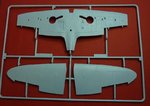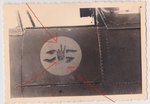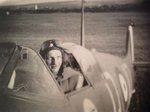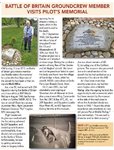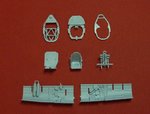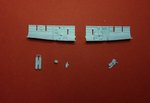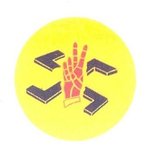ozhawk40
Master Sergeant
Username: Ozhawk40
First name: Peter
Category: Advanced
Scale: 1/48
Manufacturer: Airfix
Model Type: Supermarine Spitfire Mk. I
Aftermarket additions: Montex paint masks, Eduard seat belts, decals from the spares box.
For this build I have chosen the aircraft of Flight Lieutenant Paterson Clarence Hughes, DFC. Pat Hughes flew with 234 Squadron during the battle of Britain and became the highest scoring Australian pilot during the battle before being killed in action 7/9/40. There is no available decals or internet profiles for this aircraft, Spitfire Mk.1 X4009 that I am aware. It's only recently that the aircraft he flew on that fateful day was identified as coded AZ-Q.
First name: Peter
Category: Advanced
Scale: 1/48
Manufacturer: Airfix
Model Type: Supermarine Spitfire Mk. I
Aftermarket additions: Montex paint masks, Eduard seat belts, decals from the spares box.
For this build I have chosen the aircraft of Flight Lieutenant Paterson Clarence Hughes, DFC. Pat Hughes flew with 234 Squadron during the battle of Britain and became the highest scoring Australian pilot during the battle before being killed in action 7/9/40. There is no available decals or internet profiles for this aircraft, Spitfire Mk.1 X4009 that I am aware. It's only recently that the aircraft he flew on that fateful day was identified as coded AZ-Q.
Last edited by a moderator:

